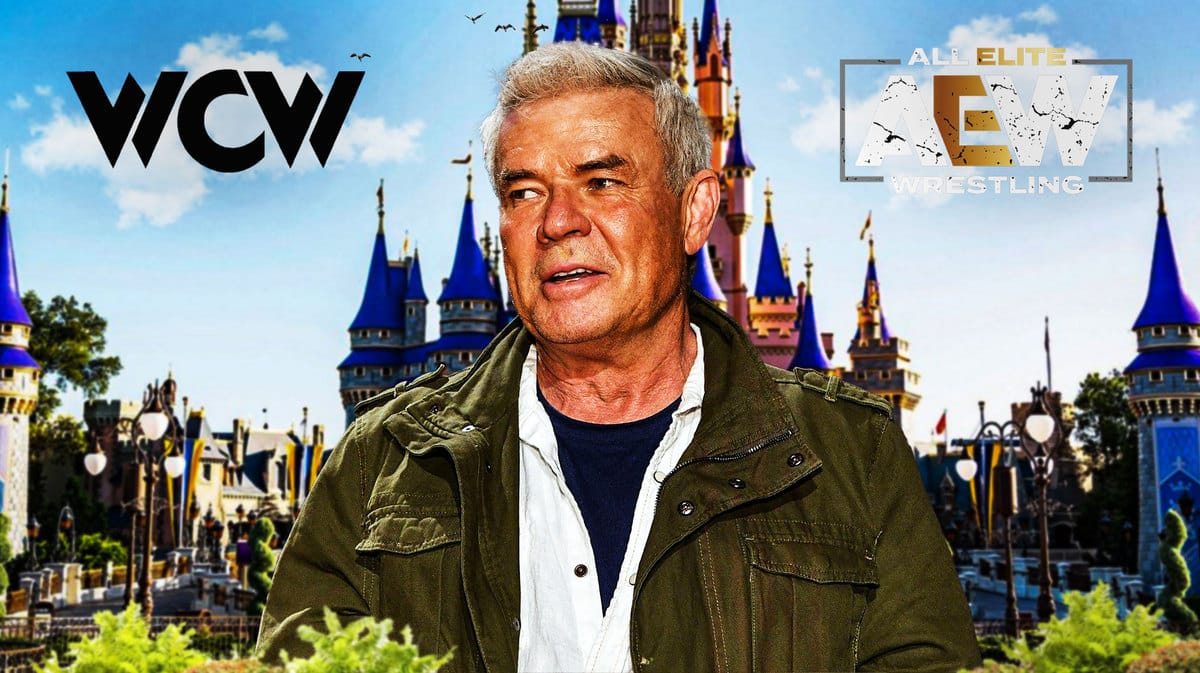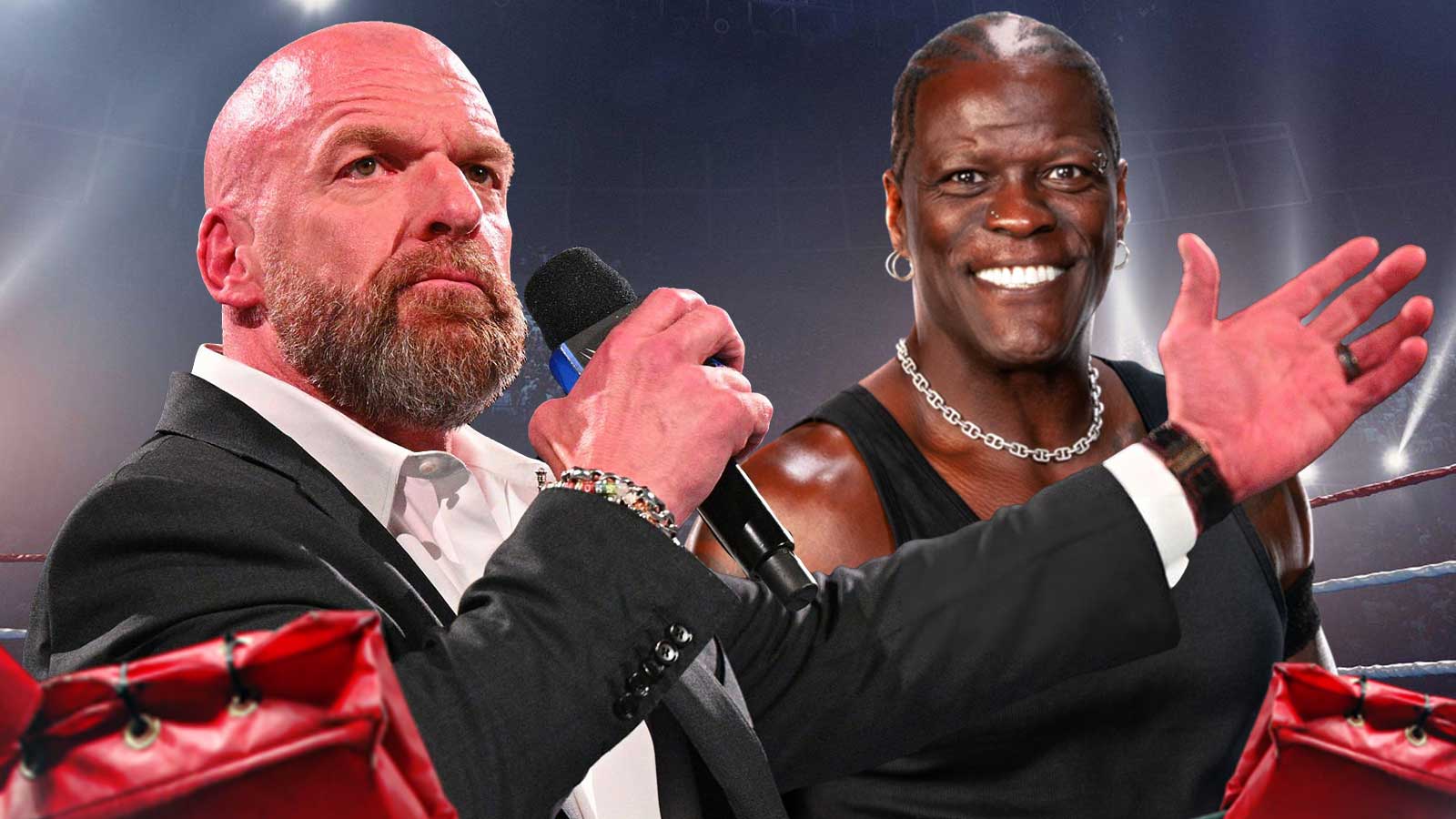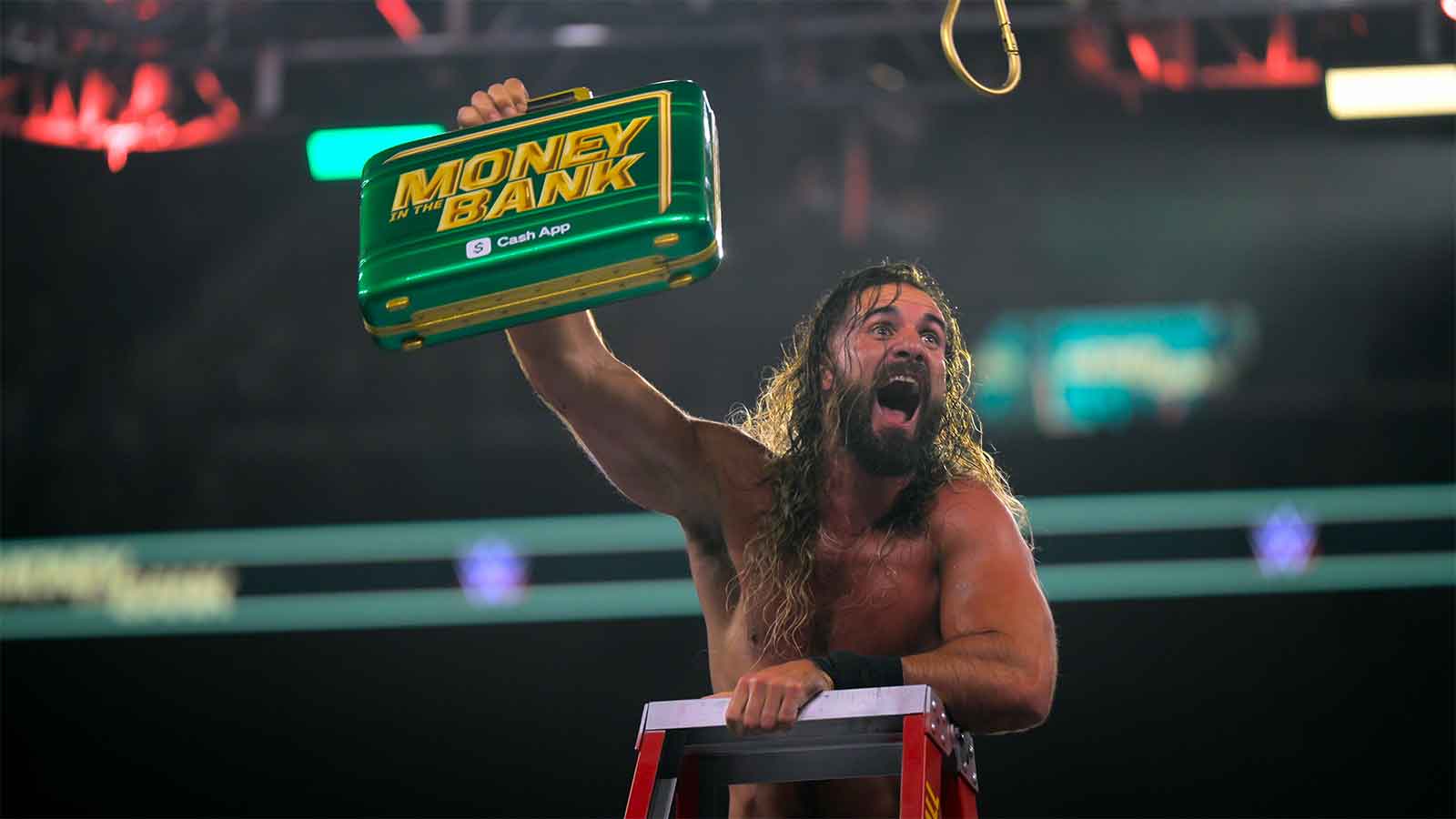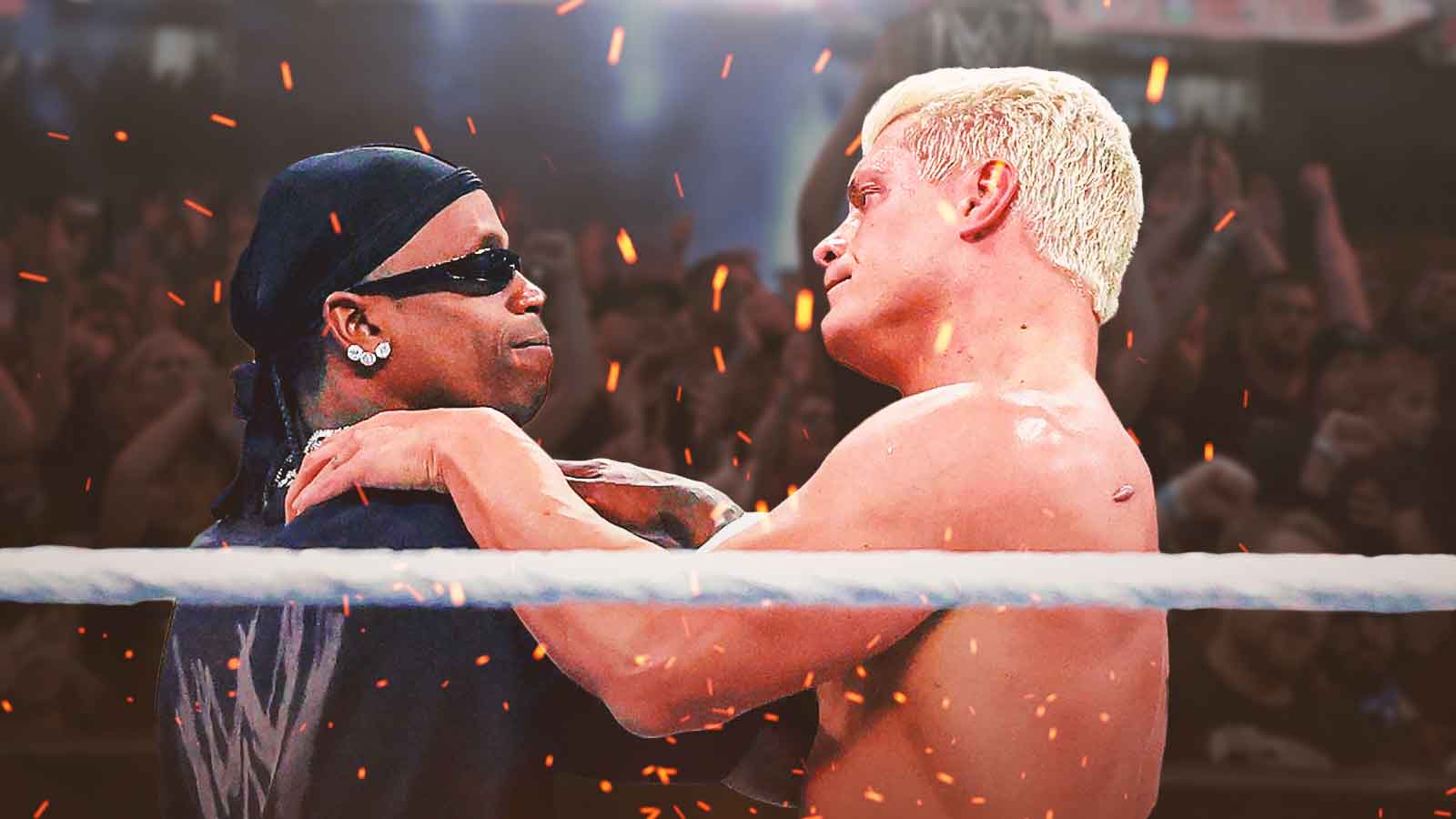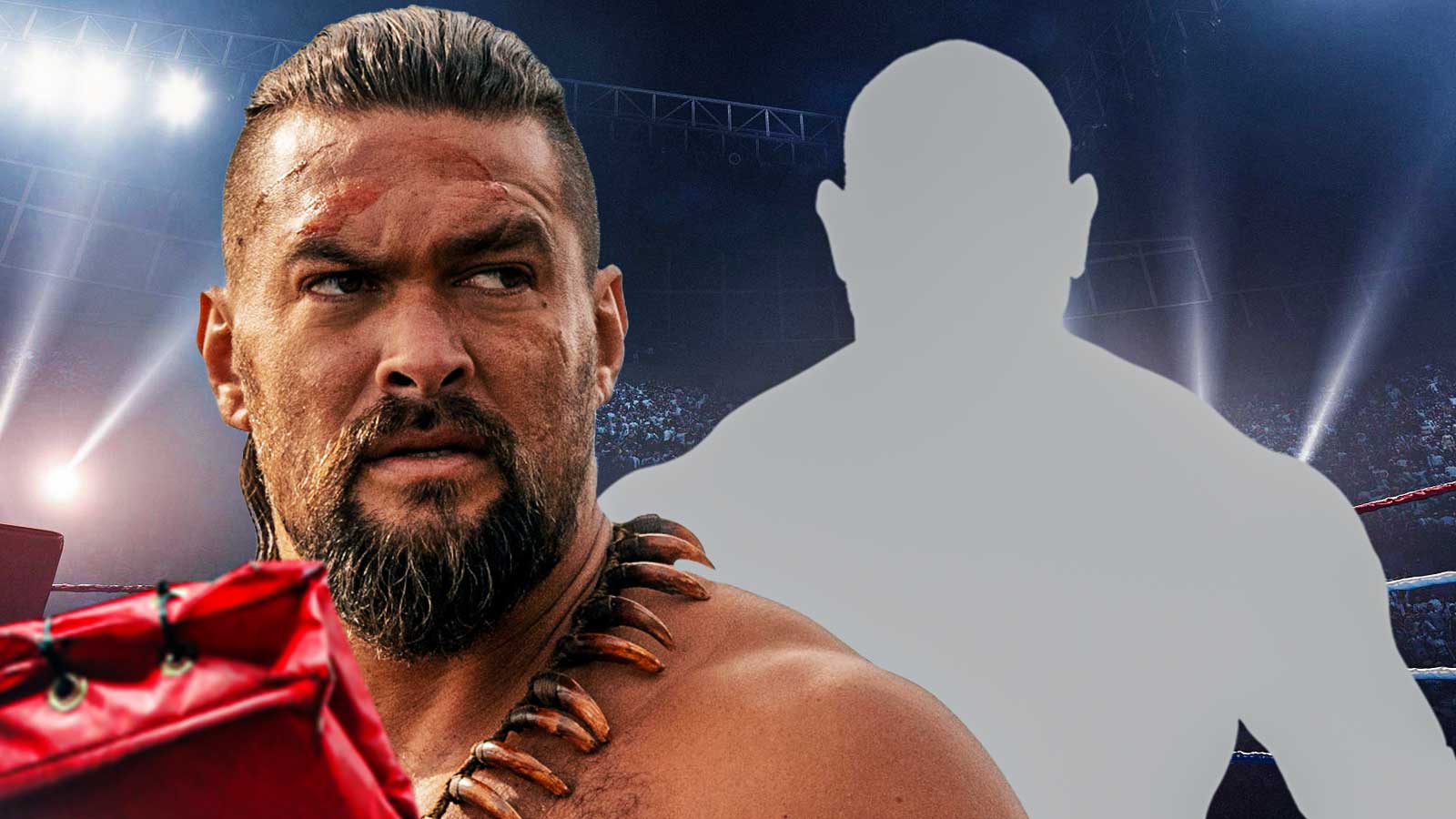Before WCW went on to beat WWE for 83 straight weeks in the ratings on Monday Nitro, Eric Bischoff and the promotion was running not one, not two, but three different shows on syndicated television while attempting to establish their foothold in the market.
And where, you may ask, did they film these shows? Well that would be Disney World, MGM Studios, to be specific.
Discussing the decision to stop running small towns to instead bring the show to the “Most Magical Place on Earth,” Bischoff noted it came out of necessity, as there just wasn't enough interest in their “territory” to produce three weekly shows with a high enough production value for television.
“It was a decision born out of necessity. At the time we had three syndicated programs. We had Worldwide, which was our syndicated program, that’s the one that was distributed amongst more television stations across the country. Second to that was WCW Pro which, by the way, was the show [where] Diamond Dallas Page and I, I did play-by-play, Page did color on WCW Pro. There was the third syndicated show called WCW Main Event, but what that was was kind of a little bit from WCW Saturday Night, a little bit from the main event TBS show, and maybe 1 or 2 original matches for Main Event shot on the road. And it was kind of all cobbled together if you will,” Eric Bischoff said via EWrestlingNews.
“But the primary show, the one that we really made the most money from in syndication, was Worldwide. And in order to produce those three syndicated shows, while WCW Saturday Night was produced inside of Center Stage every week, the syndicated shows happened on the road. So we would travel once every two weeks or three weeks, whatever the schedule was at the time when I first started this. We would travel to Anderson, South Carolina, or Rome, Georgia, or Huntsville, or somewhere close, reasonably close to Atlanta so the talent could all drive and production could all drive. And there were a lot of great venues in those areas because as you know, you live in the South. There’s a lot of small communities all within 75 miles of each other.
“They’re big enough, they’re large enough population, 50,000 – 75,000 people where you could run a wrestling event and theoretically draw an audience when you have that much population. And there were so many of those markets around the Southeast that it made it easy initially to take the show on the road to produce. The problem was we were never hot to begin with. I say ‘we,’ this was before I even got there. WCW was never hot as a ticket.”
Huh, so there were venues, were people, and was an opportunity to take the show on the road, but WCW wasn't as “hot as a ticket?” What does that even mean? Well, fortunately, Bischoff was willing to elaborate, and needless to say, it was as illuminating as it was semi-depressing.
https://www.youtube.com/watch?v=1JBA8ni2W_c
Eric Bischoff wishes WCW had an audience as hot as AEW pre-Nitro.
Discussing the matter further, Eric Bischoff explained how, when producing television, you need an audience, yes, but also fans who are willing to engage with the product as it is being filmed.
Had WCW had an audience like AEW, smaller than WWE's but passionate enough to buy a ticket and engage, maybe WCW would have been in business but instead, they had to resort to all sorts of promotional tactics to convince tourists to spend a few hours in air-conditioning to fill out their audience.
“Live events really never got off the ground before I got there or even while I was there initially as an announcer. When it comes to producing television, we’re going to these small markets and these really nice arenas. You know, you look at AEW now, they’re typically going into — or they’re configured, at least they’re going into big arenas, which I don’t understand. But they’re cutting them down and scaling them for about 5,000 seats on average. Some of them bigger than others, obviously, depending on the market. But — and WCW tried to do the same thing,” Eric Bischoff said.
“The problem is that WCW couldn’t get — if we got 1200 people to show up to a television taping, that was a good day. That was a good taping. It was not unusual for us to end up with 500, 600, 800, 700 people. We put six, seven, 800 people, even a thousand people, inside a venue that’s built and designed for 5,000, it gets to feel really empty really quick. Especially when the audience that you did bring in isn’t really motivated. They got their tickets for free. It was two for one, three for one, ‘buy a Slurpee, get a ticket’ kind of thing where we were giving them away. And WCW had been papering, as we refer to that technique or that strategy. We had been papering television tapings for years. That became the norm.
“So those people that would take those tickets and use those tickets were not like an AEW audience that you would see today. Even if it’s a smaller audience, you’ll see 3,500, 4,500 people on AEW Dynamite, for example, or Collision. And yeah, it’s not a very big crowd, but at least they want to be there. They took money out of their wallet. They’re interested enough in the product. And when they get there, they’re animated, they’re a part of the show, they’re having fun. You can make 3,500, 4,500 people work on camera. Because that audience is what brings the energy. It’s so subtle, but it’s so important.
“When you’re producing a show like wrestling, a live-action show, you want the audience to feel like they’re there or feel like they wish they were there, ideally, right? And that’s really hard to do with five or seven or 800 or even 1,200 people that are only there because they got a free ticket and there’s nothing else to do that night. That was the reason why I had to find an alternative. Also, I really wanted to increase the production values. That was like the first thing on my list.”
Did WCW look nice broadcast from Disney World? Yes, those shows had a noticeable uptick in production value from the ones that came before them, but ultimately, none of them lived up to Monday Nitro, proving that there's nothing better than live professional wrestling from a packed stadium, regardless of how many fans are on the hardcam side of the venue.
https://www.youtube.com/watch?v=ZcKVx4CqOD8

